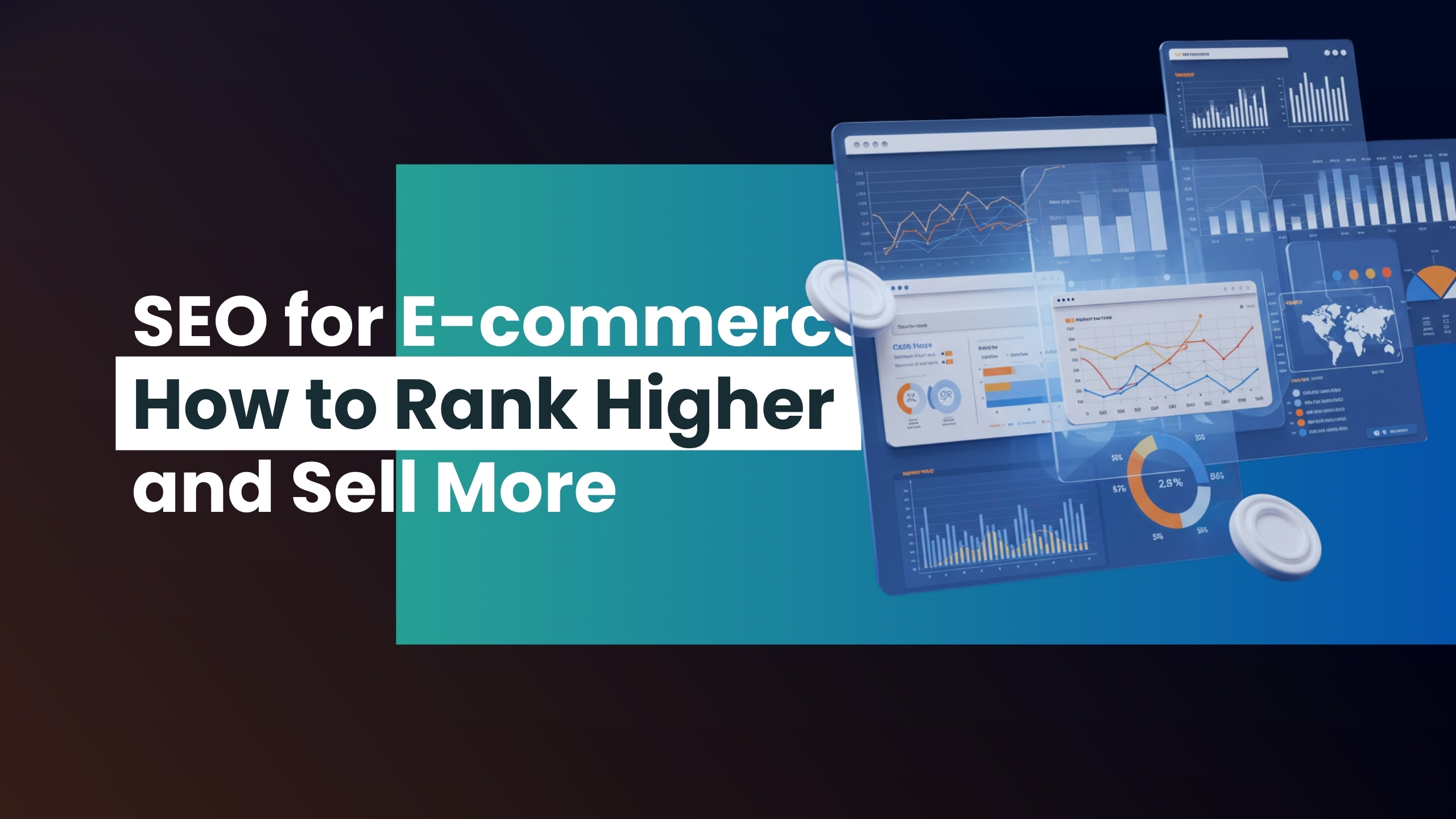SEO for E-commerce: How to Rank Higher and Sell More
Influencer marketing has become a game-changer for e-commerce brands, allowing businesses to tap into engaged audiences and drive more sales. With social media platforms offering a direct way to connect with potential customers, leveraging influencers can help build trust and increase conversions.
- Understanding Influencer Marketing for E-commerce
Influencer marketing involves partnering with social media personalities who have a strong following to promote your products. These influencers can range from celebrities to micro-influencers with niche audiences, depending on your brand's goals.
a. Macro vs. Micro-Influencers: Macro-influencers have a massive reach, while micro-influencers often have higher engagement rates.
b. Niche Relevance: Choose influencer who align with your brand’s target market for authentic promotion.
c. Content Styles: Influencers create different types of content, including product reviews, unboxing videos, and live demonstrations.
- Finding the Right Influencers
Selecting the right influencer is crucial to ensuring a successful campaign. Here’s how to find the perfect match:
a. Audience Alignment: Analyze whether the influencer’s followers match your ideal customer profile.
b. Engagement Rate: Look beyond follower count—high engagement rates often indicate a more loyal and active audience.
c. Platform Suitability: Different platforms work for different products. Instagram and TikTok are great for visuals, while YouTube is ideal for detailed reviews.
d. Authenticity: Choose influencers who genuinely resonate with their audience rather than those who over-promote multiple brands.
- Creating Effective Influencer Campaigns
Once you’ve found the right influencers, crafting a well-structured campaign is key.
a. Define Clear Goals: Whether it's driving sales, increasing brand awareness, or growing social media presence, have measurable objectives.
b. Provide Creative Freedom: Allow influencers to create content in their unique style for more authenticity.
c. Offer Exclusive Promotions: Special discount codes or affiliate links can encourage conversions and track performance.
d. Leverage Multiple Content Types: Utilize Instagram Stories, TikTok videos, and YouTube reviews for a diversified approach.
- Measuring the Success of Influencer Marketing
To ensure a strong return on investment (ROI), track the effectiveness of your influencer campaigns.
a. Sales Conversions: Use unique affiliate links or UTM codes to measure direct sales impact.
b. Engagement Metrics: Monitor likes, shares, comments, and overall reach.
c. Customer Feedback: Gather insights from customer interactions and sentiment.
d. Cost vs. Revenue: Compare campaign costs against the revenue generated to determine profitability.
- Avoiding Common Influencer Marketing Mistakes
Avoid these common pitfalls to maximize results:
a. Ignoring Audience Fit: An influencer with high reach but the wrong audience won't drive sales.
b. Focusing Solely on Follower Count: Engagement matters more than numbers.
c. Lack of Clear Agreements: Ensure expectations, deliverables, and compensation are clearly outlined.
d. Not Tracking Performance: Always analyze results to refine future campaigns.
Conclusion
Influencer marketing is a powerful strategy for e-commerce businesses looking to enhance brand credibility and drive sales. By carefully selecting influencers, crafting compelling campaigns, and tracking performance, you can maximize ROI and build long-term brand success. Start exploring influencer collaborations today to elevate your online store’s marketing efforts!

